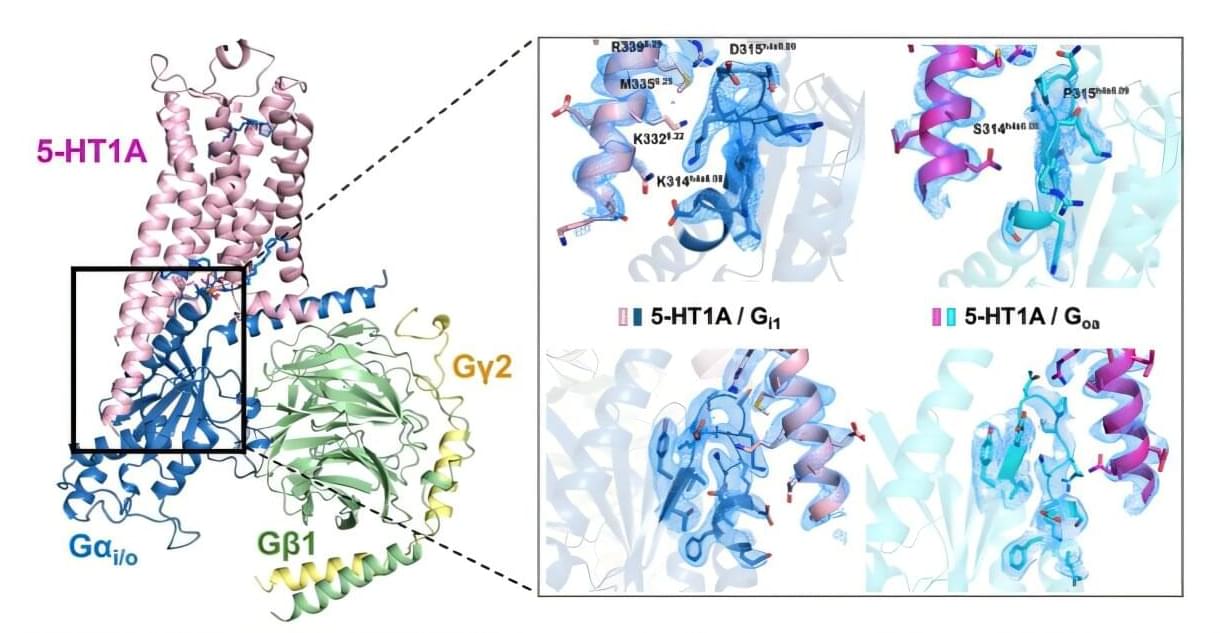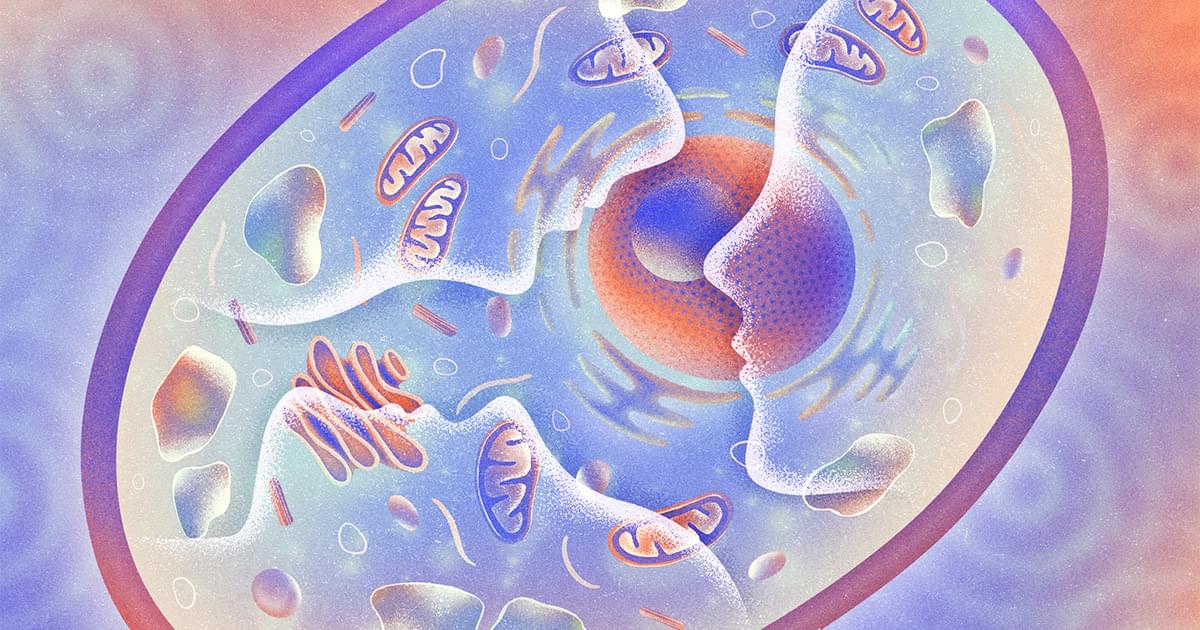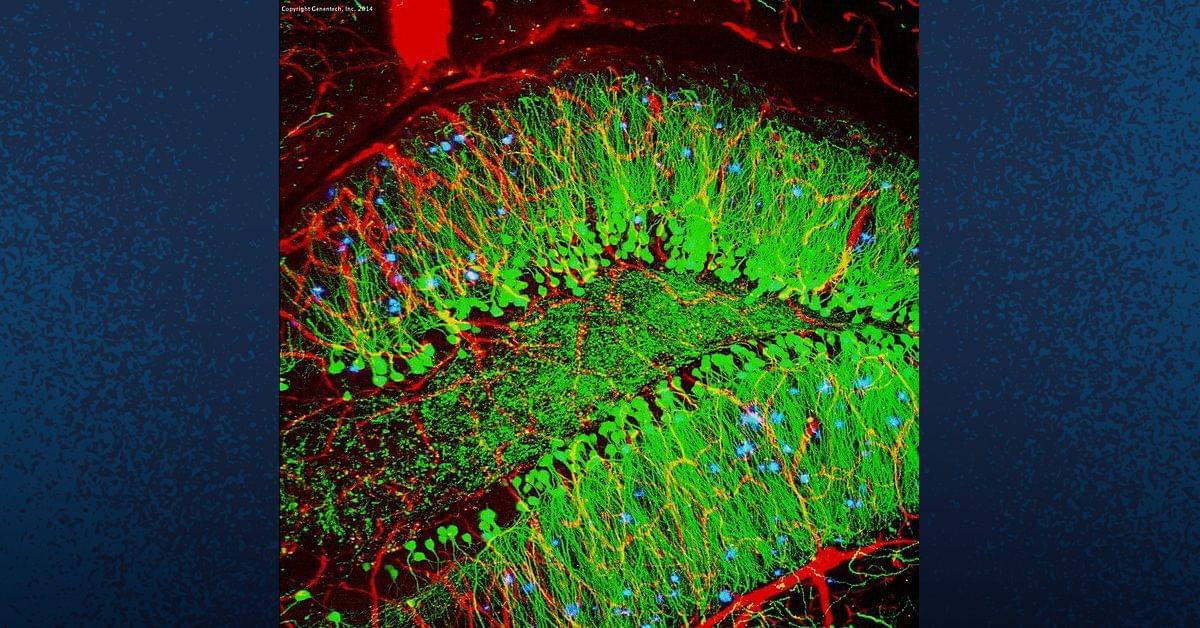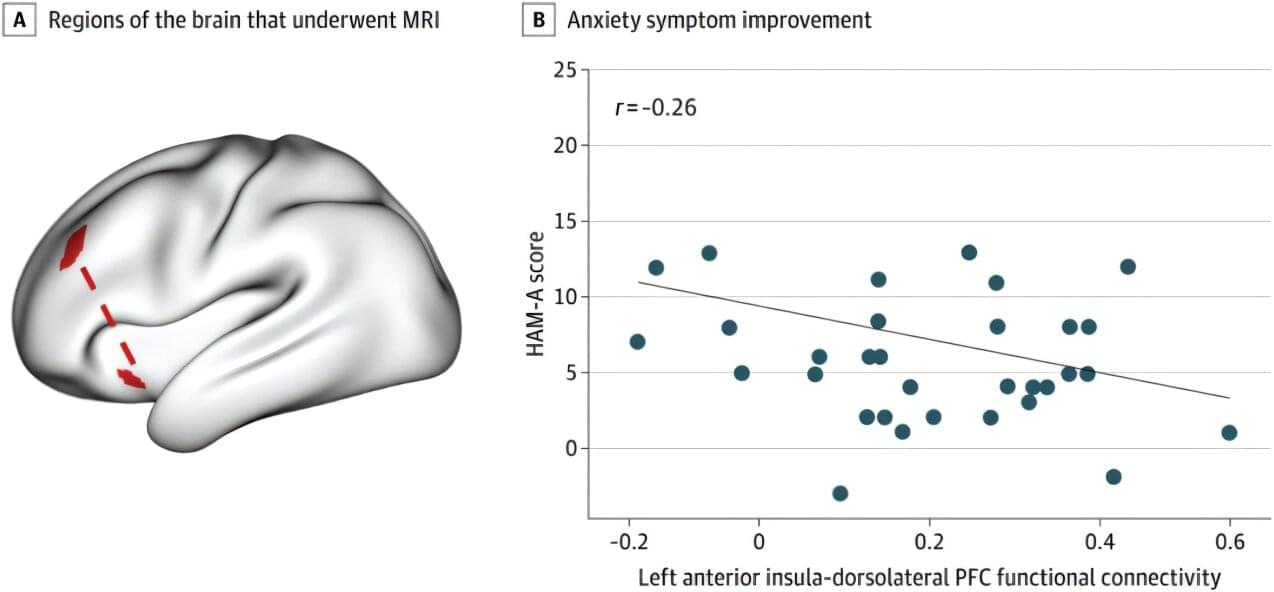Neuralink launched the first European clinical trial in the UK to test brain implants that let paralyzed patients control devices with their thoughts.



Males born in summer months reported higher depression symptom scores than males born during other seasons, according to a study from Kwantlen Polytechnic University. Anxiety symptoms showed no association with season of birth for either sex.
Anxiety and depression remain among the most common mental disorders worldwide, with both conditions contributing to long-term disability, physical comorbidities, and substantial economic losses. A range of factors shape mental health across the lifespan, including housing, income, education, and age. Research into early-life exposures remains limited, particularly exposures shaped by environmental seasonality.
During gestation, exposure to temperature shifts, maternal diet, seasonal infections, and variation in daylight may influence neurodevelopment. Birth season has previously been associated with risk for psychiatric conditions including schizophrenia, bipolar disorder, and schizoaffective disorder. Studies examining birth season and depression have produced mixed results, often without stratifying by sex.

In a discovery that could guide the development of next-generation antidepressants and antipsychotic medications, researchers at the Icahn School of Medicine at Mount Sinai have developed new insights into how a critical brain receptor works at the molecular level and why that matters for mental health treatments.
The study, published in the online issue of Science Advances, focuses on the 5-HT1A serotonin receptor, a major player in regulating mood and a common target of both traditional antidepressants and newer therapies such as psychedelics. The paper is titled “Structural determinants of G protein subtype selectivity at the serotonin receptor 5-HT1A.”
Despite its clinical importance, this receptor has remained poorly understood, with many of its molecular and pharmacological properties largely understudied—until now.

A new Stanford-led study sheds light on “an emerging psychological health crisis” that disproportionately affects girls. Published July 30 in The Lancet Planetary Health, the study is among the first to quantify how repeated climate stressors impact the psychological well-being and future outlook of adolescents in low-resource settings.
Researchers from Stanford’s schools of Medicine, Law, and Sustainability partnered with health experts in Bangladesh to survey more than 1,000 teenagers and conduct focus groups across two regions with starkly different flood exposure.
“What we found really lifts the voices of frontline adolescents —a group whose perspectives and health outcomes are so rarely investigated and communicated,” said lead author Liza Goldberg, an incoming Earth system science Ph.D. student in the Stanford Doerr School of Sustainability.

In a provocative study published in Nature Communications late last year, the neuroscientist Nikolay Kukushkin and his mentor Thomas J. Carew at New York University showed that human kidney cells growing in a dish can “remember” patterns of chemical signals when they’re presented at regularly spaced intervals — a memory phenomenon common to all animals, but unseen outside the nervous system until now. Kukushkin is part of a small but enthusiastic cohort of researchers studying “aneural,” or brainless, forms of memory. What does a cell know of itself? So far, their research suggests that the answer to McClintock’s question might be: much more than you think.
Brainless Learning
The prevailing wisdom in neuroscience has long been that memory and learning are consequences of “synaptic plasticity” in the brain. The connections between clusters of neurons simultaneously active during an experience strengthen into networks that remain active even after the experience has passed, perpetuating it as a memory. This phenomenon, expressed by the adage “Neurons that fire together, wire together,” has shaped our understanding of memory for the better part of a century. But if solitary nonneural cells can also remember and learn, then networks of neurons can’t be the whole story.

Researchers at The City College of New York have linked chemotherapy treatment to lasting cognitive changes in rats—potentially shedding light, for the first time, on cognitive problems some cancer survivors experience long after treatment ends.
Titled “Chemotherapy treatment alters DNA methylation patterns in the prefrontal cortex of female rat brain,” the study appears in the journal Scientific Reports.
“Our study explored how chemotherapy affects the brain at the molecular level using an animal model,” said Karen Hubbard, professor of biology in CCNY’s Division of Science, who co-led the study.

Someone posted this, and reminded me I didn’t Researchers at University of California San Diego School of Medicine have developed a gene therapy for Alzheimer’s disease that could help protect the brain from damage and preserve cognitive function. Unlike existing treatments for Alzheimer’s that target unhealthy protein deposits in the brain, the new approach could help address the root cause of Alzheimer’s disease by influencing the behavior of brain cells themselves.
Alzheimer’s disease affects millions of people around the world and occurs when abnormal proteins build up in the brain, leading to the death of brain cells and declines in cognitive function and memory. While current treatments can manage symptoms of Alzheimer’s, the new gene therapy aims to halt or even reverse disease progression.
Studying mice, the researchers found that delivering the treatment at the symptomatic stage of the disease preserved hippocampal-dependent memory, a critical aspect of cognitive function that is often impaired in Alzheimer’s patients. Compared to healthy mice of the same age, the treated mice also had a similar pattern of gene expression, suggesting that the treatment has the potential to alter the behavior of diseased cells to restore them to a healthier state.
By reprogramming brain cells, a new gene therapy approach for Alzheimer’s developed by UC San Diego researchers could address the root cause of the disease to halt its progression.

Kurian’s group believes these large tryptophan networks may have evolved to take advantage of their quantum properties. When cells breathe using oxygen—a process called aerobic respiration—they create free radicals, or reactive oxygen species (ROS). These unstable particles can emit high-energy UV photons, which damage DNA and other important molecules.
Tryptophan networks act as natural shields. They absorb this harmful light and re-emit it at lower energies, reducing damage. But thanks to superradiance, they may also perform this protective function much more quickly and efficiently than single molecules could.

The preliminary study suggested that young people with weaker connections between two brain areas involved in both attending to and regulating responses to anxiety were more likely to benefit from a self-guided anxiety care app than those with stronger connections.
The study, published in JAMA Network Open, looked at data from a subset of clinical trial participants who agreed to undergo a brain MRI before using the anxiety care app developed by the investigators.
